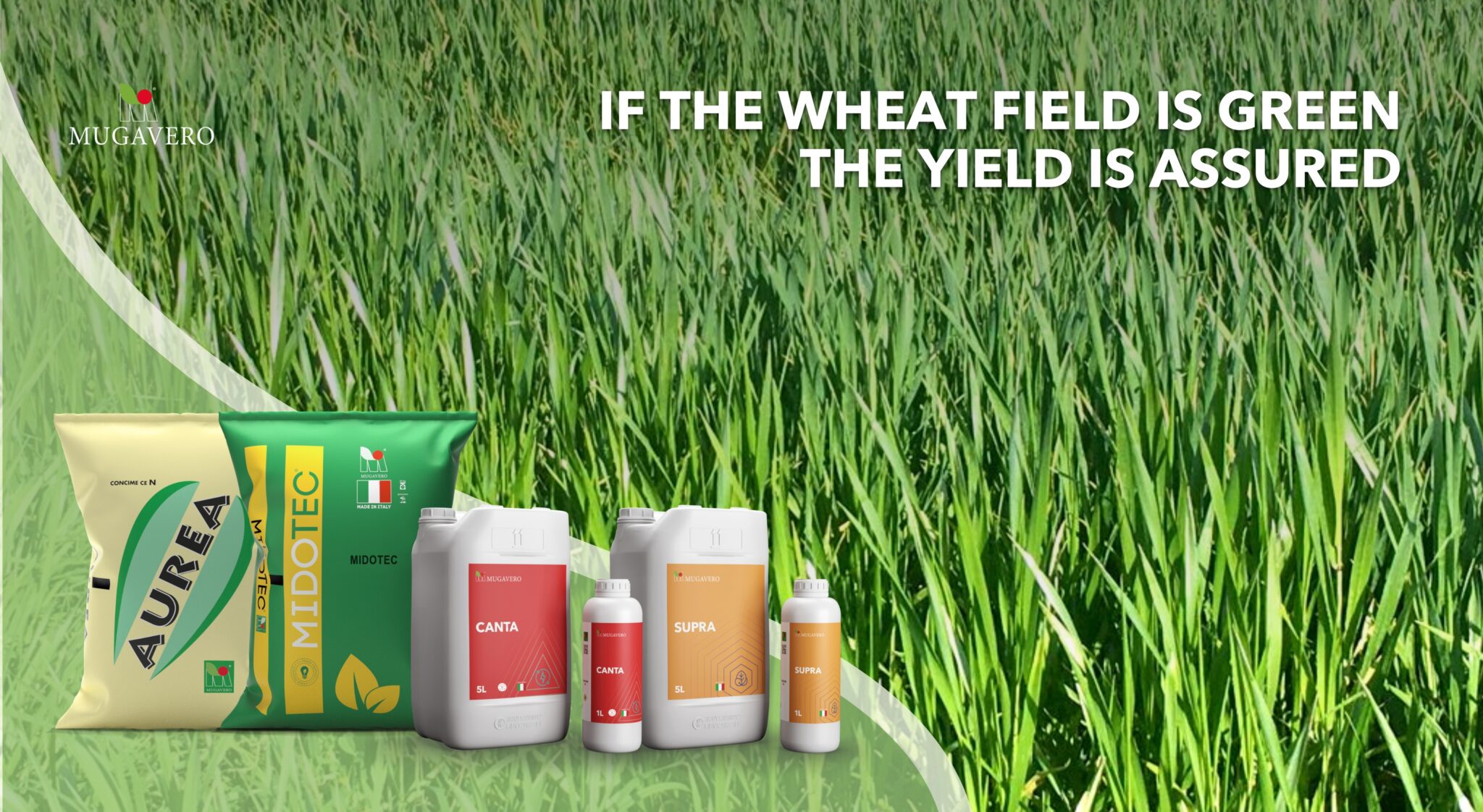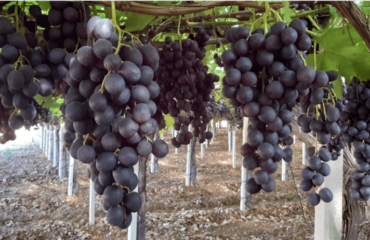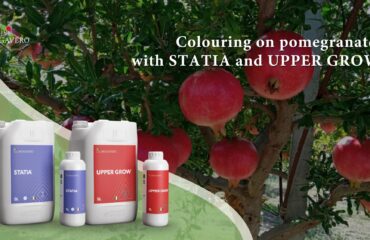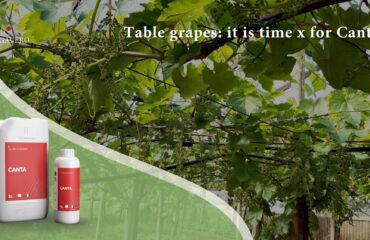
The effect of climate on cereal crops
The ups and downs of the climate inevitably have repercussions on the yield and quality of the autumn-winter cereal crops which are traditionally grown dry. There are tools available to the field operator to allow the achievement of the best quantitative-qualitative result: the use of technologically innovative fertilizers on the one hand, agronomic techniques on the other, in a global management perspective according to the principles of ‘agriculture 4.0: thanks to the application of digital technologies, farms, especially those that deal with cereal crops, can increase profit, economic and environmental sustainability.
It is a fact that the farmer must respect the time windows useful for each cultivation operation by integrating takeaways with targeted and balanced nutrition in respect of soil fertility and at the same time be timely in the treatments to be carried out.
It is necessary to work, for the different production areas at different latitudes, on a shared supply chain path, achieving common objectives in quantitative/qualitative terms; the awareness remains that the productions in Italy of areas suitable for wheat are still insufficient to satisfy the needs of the Italian pasta industry.
The Mugavero protocol on cereal crops
The Mugavero production protocol for cereal crops presents consolidated results in terms of yield-quality combination and provides for the use of “slow release” nitrogen fertilizers with a high technological level such as the MIDOTEC line and the AUREA line respectively for bottom fertilization and cereal cover.
Midotec
The fertilizers of the Midotec line contain the 3.4 DMPP inhibitor of soil bacteria responsible for nitrification, therefore they must be buried to best express the characteristics of the fertilizer.
Aurea
Unlike the traditional nitrogen fertilization with urea that the farmer carries out “running” after the rains, the use of the Aurea fertilizer containing the urease inhibitor NBPT makes it possible to program the fertilization comfortably, regardless of the onset of rain cover nitrogen. Aurea also has the further advantage of canceling the nitrogen losses due to volatilization that occurs with the distribution of urea.
Canta and Supra
The protocol also includes a biostimulant, CANTA, and a foliar fertilizer, SUPRA.
Canta is recommended for application with weed control to reduce the stress of the herbicide on the plant; it promotes the development of roots and allows for a better-structured plant and ear. Supra has instead been studied for foliar application to complete the nitrogen requirement of the crop in the last stage of crop growth. Unlike other formulations, Supra can be used at high doses per hectare without the risk of creating phytotoxicity, even when mixed with fungicides. The application of Supra ensures, in all circumstances, the achievement of a satisfactory protein content.
If you found this article on the Mugavero protocol on cereal crops helpful, continue to follow us on our blog and on our social channels: Facebook, Instagram, LinkedIn, YouTube.

 Italiano
Italiano  English
English  Español
Español  Türkçe
Türkçe  Русский
Русский  العربية
العربية  Français
Français 


